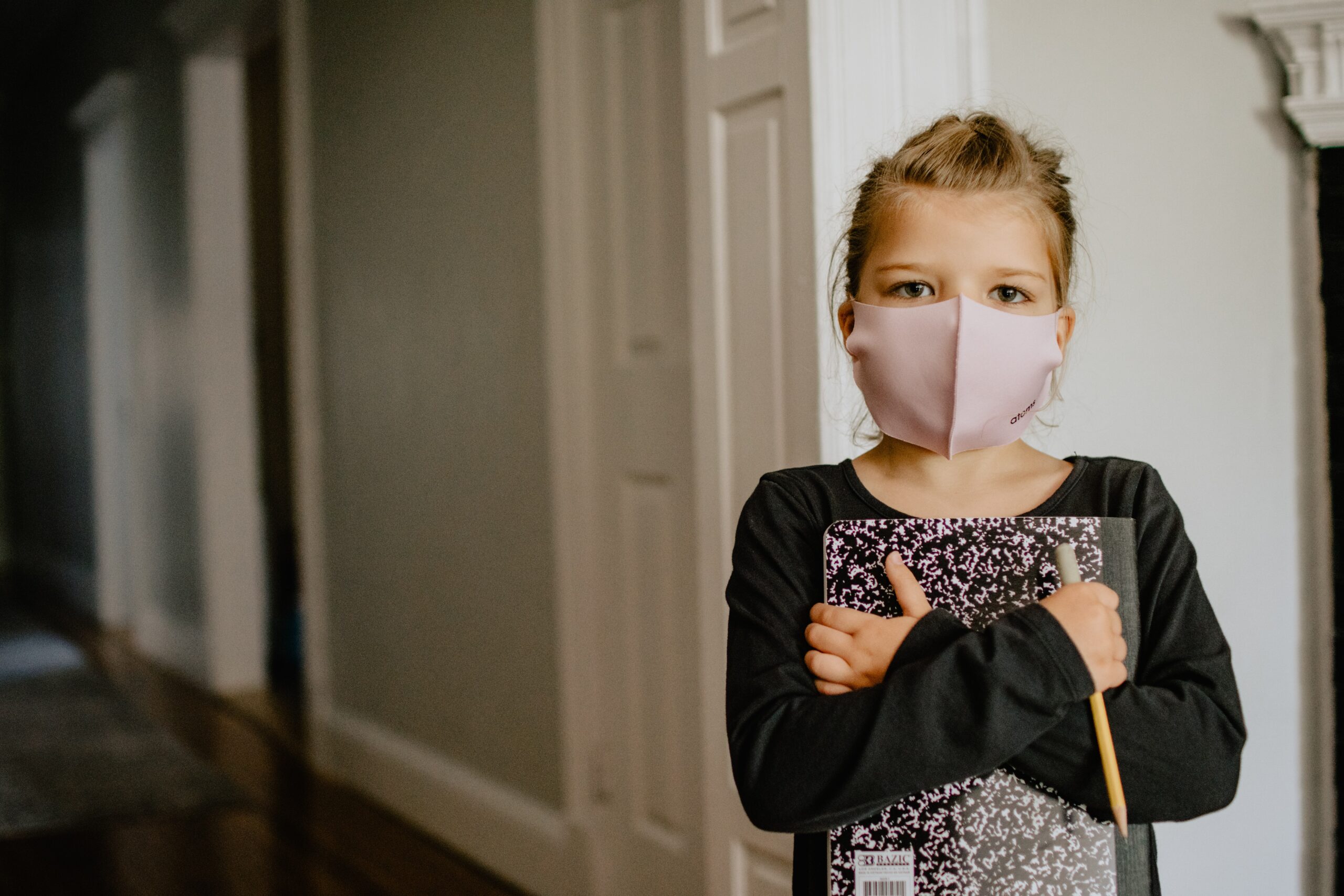Last Updated On: July 1st, 2024
As a believer and advocate for learning in a variety of formats, I do believe options should be offered to students and teachers across states, counties, and districts. However, despite what we believe to be an easy question with a simple answer, it’s far from a simple solution. By keeping teachers in limbo and requiring them to teach students simultaneously online and in-person, we diminish the impact of the classroom experience and deplete our teachers even further. In the hybrid simultaneous format, the online experience is potentially less interactive and effective for those students too. Talk about being caught between a rock and a hard place.
Eschool News offers a list of states that are making a choice to keep options.
“The school districts serving Los Angeles, Las Vegas, Miami, and Houston have all said they intend to continue offering a fully virtual option this fall.” The 74 states, “Cleveland schools will continue to offer online classes this fall even as in-person classes will resume five days a week.”
Eschool News goes on to show the stark comparison of state education policies. “New York City’s top schools officially drew a line in the sand this week: This fall, there will be no virtual learning option. New Jersey’s governor said there would be no virtual learning option for families in the state barring a local COVID outbreak. Illinois education officials are putting tight restrictions on remote learning and will only permit it in cases when students can’t yet get vaccinated and are under quarantine. Several large districts in Florida are eliminating the remote learning options they offered this year and are directing students who want to stay virtual to programs that use the state’s online curriculum.”
Bring on the pros and cons…
In-person only please:
PRO: According to the CDC, Students 12 and older can now receive vaccinations.
To read more about adolescent vaccination recommendations and keep in the loop with updated information, visit their website: Information about COVID-19 Vaccines for Children and Teens.
What does this mean?
This means most middle school and high school students are now eligible to receive the COVID vaccine. While you are always able to make your personal choice about the vaccine, it is a relief for many parents to know that option is now available to their child.
PRO: There is no new information to confirm the reopening of schools as a catalyst for the spread of COVID-19. Now perhaps this is because we haven’t experienced enough in-person schooling to have enough data, but as we currently reflect on the weeks in 2021 of attempted in-person classes, we aren’t seeing spikes or massive community spreading of the virus.
What does this mean?
This means we really don’t know. What we do know is that schools are taking precautions and many are listening to the CDC as they provide more recommendations to help schools return in- person safely: Guidance for COVID-19 Prevention in K-12 Schools and ECE Programs.
CON: Kids don’t keep on masks. Ever. If an adult can’t conceal their nose, there is no way we can expect our students to do this.
What does this mean?
Parents must be comfortable with their child being exposed to other children. There can be no illusions that masks will definitely be off at times and children will be exposed.
CON: The trickle down effect. Without the option of virtual or hybrid classes, many students will be forced to move schools.
What does this mean?
Students that prefer learning options will be forced to check out charter schools, private schools, and homeschool options. While some parents are accustomed to their new role as assistant teachers, many don’t have the luxury of a choice and will be forced into making the decision their state, county, or district chooses.
Options please:
PRO: Having options allows for immunocompromised students and those with immunocompromised families to make the safest choice.
What does this mean?
This is the safest, most inclusive choice for every student. Allowing parents and children to make the best choice for their family should be a right for every American citizen.
PRO: By offering multiple learning options, we reach every student and offer them a choice of what learning format will encourage their success.
What does this mean?
I have seen miracles the last year and a half. Some of my severely anxious students have thrived with the online learning model. While they typically struggled with class participation, socialization, teacher communication, or retention of material, with online learning they found a
system where they could focus solely on education, eliminating their anxiety attacks and improving their grades. While that wasn’t the case for all students, it’s important to remember each student is uniquely different.
CON: Teacher resources will become even more exhausted or require a new plan to combat demand.
What does this mean?
By remaining in a selective option based learning system, we disregard the teacher’s needs. Since March of 2020, teachers have adapted their entire curriculum to fit online students and in the spring of last year many even adjusted that to a simultaneous hybrid and in-person class. This kind of teaching requires a TON of preparation and focus to execute successfully. With teachers already being worked to the bone, it’s hard to imagine a world in which we continue to demand this level of performance. The only way to maintain a teacher model like this would require a separate staff of hybrid or online teachers that don’t need to update their syllabus quite so regularly to accommodate the teaching model. Is this in the budget? It’s hard to say.
The choice to uproot your child from their school of origin is such a tough decision to make. It’s important to have all the facts and acknowledge that the information is ever changing. Don’t forget to have that check-in moment with your child either. We interviewed a few students about their experiences over the last year and a half and heard a variety of impressions, What are the Kids Saying About Returning to In-person Schooling?
Additionally, it’s imperative to consider your child’s learning style. While learning style isn’t necessarily exclusive across all subjects, it’s absolutely a method of categorizing your academic victories in accordance with how you learned the material. For a bit more in depth discussion on learning styles, check out our blog: Learning Styles and Online Teaching: Best Methods to Improve Academic Success.
And as always, make the best choice for you and your family.
(Photo by Kelly Sikkema on Unsplash)




















